Intro
Learn about Pink Eye in infants symptoms, causes, and treatments, including conjunctivitis, eye discharge, and redness, to help soothe and cure your babys infected eyes.
Pink eye, also known as conjunctivitis, is a common and highly contagious eye infection that affects people of all ages, including infants. It is essential for parents and caregivers to recognize the symptoms of pink eye in infants to provide prompt treatment and prevent complications. Pink eye in infants can be caused by a viral or bacterial infection, and it is crucial to identify the cause to determine the best course of treatment.
Pink eye in infants can be a worrying condition for parents, as it can cause discomfort and pain for the baby. However, with proper treatment and care, most infants can recover from pink eye without any long-term effects. It is vital to monitor the infant's symptoms and seek medical attention if the condition worsens or does not improve with treatment. In this article, we will discuss the symptoms of pink eye in infants, its causes, treatment options, and prevention methods.
Pink eye in infants can be caused by a variety of factors, including viral and bacterial infections, allergies, and irritants. The most common cause of pink eye in infants is a viral infection, which can be spread through contact with an infected person's respiratory secretions, such as coughing or sneezing. Bacterial infections can also cause pink eye in infants, and these can be spread through contact with an infected person's hands or contaminated objects. Allergies and irritants, such as pollen or smoke, can also cause pink eye in infants.
Pink Eye In Infants Symptoms
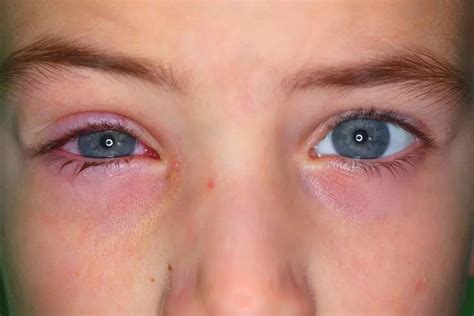
Common Symptoms of Pink Eye in Infants
The most common symptoms of pink eye in infants include: * Redness and inflammation of the white part of the eye * Discharge or pus in the eye * Itching or burning sensation in the eye * Excessive tearing * Swollen eyelids * Crusting or scabbing on the eyelashes * Sensitivity to lightCauses of Pink Eye in Infants
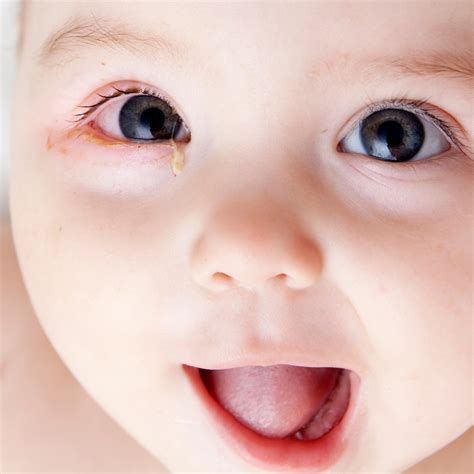
Viral Infections
Viral infections are the most common cause of pink eye in infants. These infections can be spread through contact with an infected person's respiratory secretions, such as coughing or sneezing. The most common viral infections that cause pink eye in infants include: * Adenovirus * Herpes simplex virus * Respiratory syncytial virus (RSV) * Influenza virusBacterial Infections
Bacterial infections can also cause pink eye in infants, and these can be spread through contact with an infected person's hands or contaminated objects. The most common bacterial infections that cause pink eye in infants include: * Staphylococcus aureus * Haemophilus influenzae * Streptococcus pneumoniae * Moraxella catarrhalisTreatment Options for Pink Eye in Infants
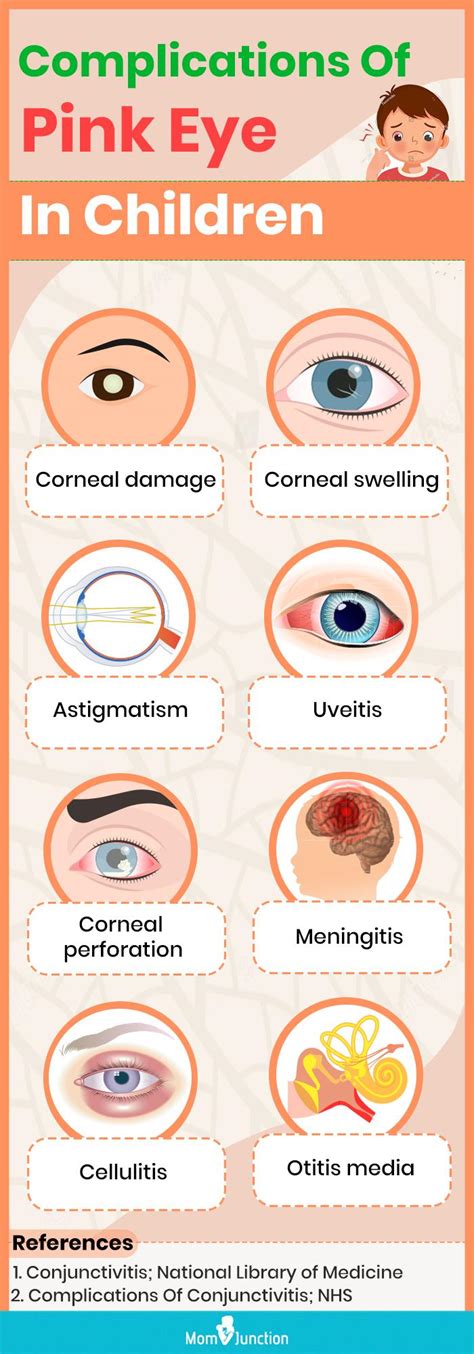
Antibiotic Treatment
Antibiotic treatment is typically prescribed for bacterial infections that cause pink eye in infants. The most common antibiotics used to treat pink eye in infants include: * Erythromycin * Bacitracin * Gentamicin * CiprofloxacinHome Remedies
There are several home remedies that can help relieve symptoms of pink eye in infants, including: * Applying warm compresses to loosen crusting * Using artificial tears to soothe the eyes * Keeping the eyes clean and free of discharge * Avoiding irritants, such as smoke or pollenPrevention Methods for Pink Eye in Infants
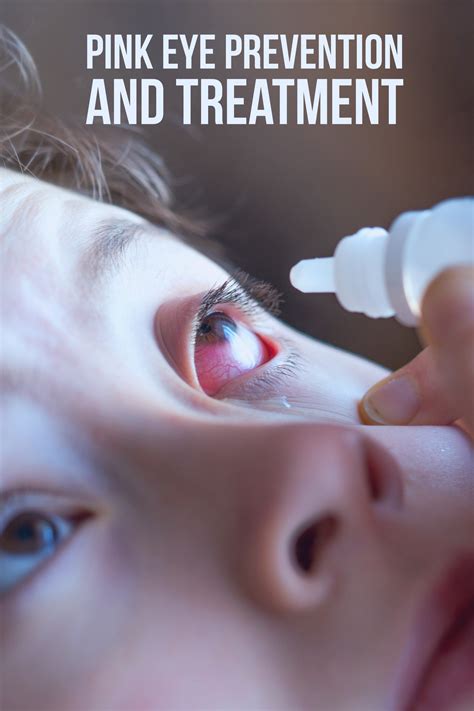
Good Hygiene Practices
Good hygiene practices are essential in preventing the spread of pink eye in infants. This includes: * Washing hands frequently with soap and water * Avoiding touching the eyes or face * Avoiding sharing personal items, such as towels or washcloths * Cleaning and disinfecting surfaces and objects that may be contaminated with the virus or bacteriaComplications of Pink Eye in Infants
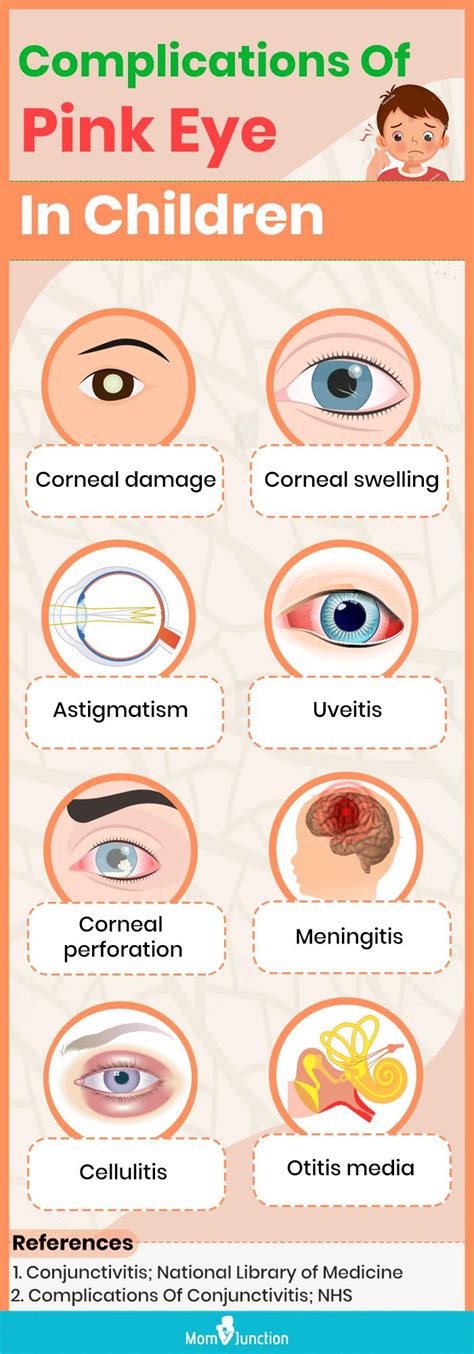
Seeking Medical Attention
It is essential to seek medical attention if the infant's symptoms worsen or do not improve with treatment. This includes: * Increased redness or swelling of the eye * Increased discharge or pus in the eye * Fever or chills * Difficulty moving the eye or keeping it open * Vision changes or lossWhat are the common symptoms of pink eye in infants?
+The common symptoms of pink eye in infants include redness and inflammation of the white part of the eye, discharge or pus in the eye, itching or burning sensation in the eye, and excessive tearing.
What are the causes of pink eye in infants?
+Pink eye in infants can be caused by viral or bacterial infections, allergies, and irritants. The most common cause of pink eye in infants is a viral infection, which can be spread through contact with an infected person's respiratory secretions.
How can I prevent pink eye in my infant?
+Practicing good hygiene, avoiding close contact with people who have pink eye, keeping the eyes clean and free of discharge, and avoiding irritants can help reduce the risk of pink eye in infants.
If you have any concerns about your infant's eye health or suspect that they may have pink eye, it is essential to consult with a healthcare professional for proper diagnosis and treatment. By recognizing the symptoms of pink eye in infants and seeking medical attention promptly, you can help prevent complications and ensure the best possible outcome for your child's eye health. We encourage you to share this article with others who may be concerned about pink eye in infants and to leave a comment below with any questions or concerns you may have.
